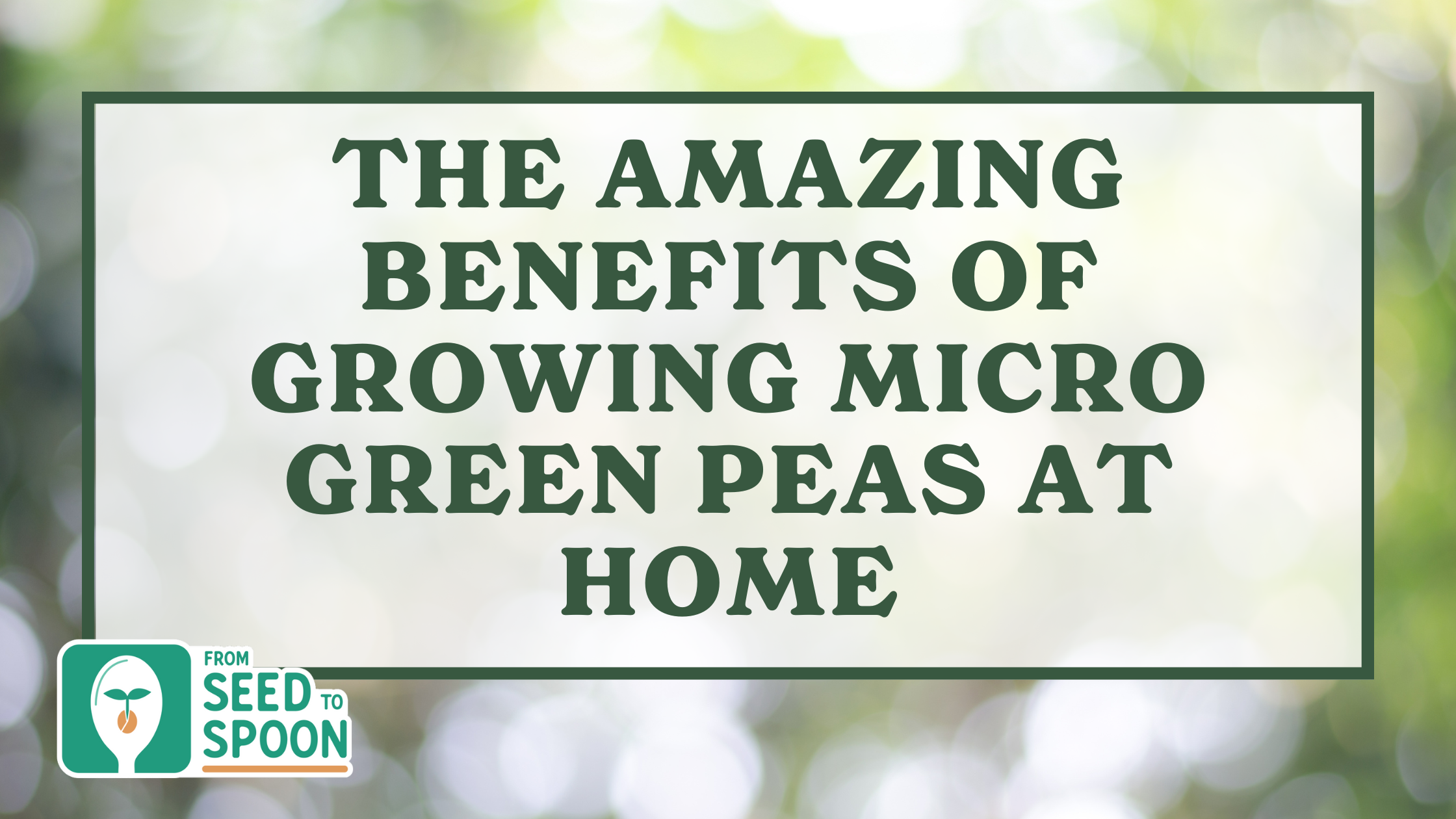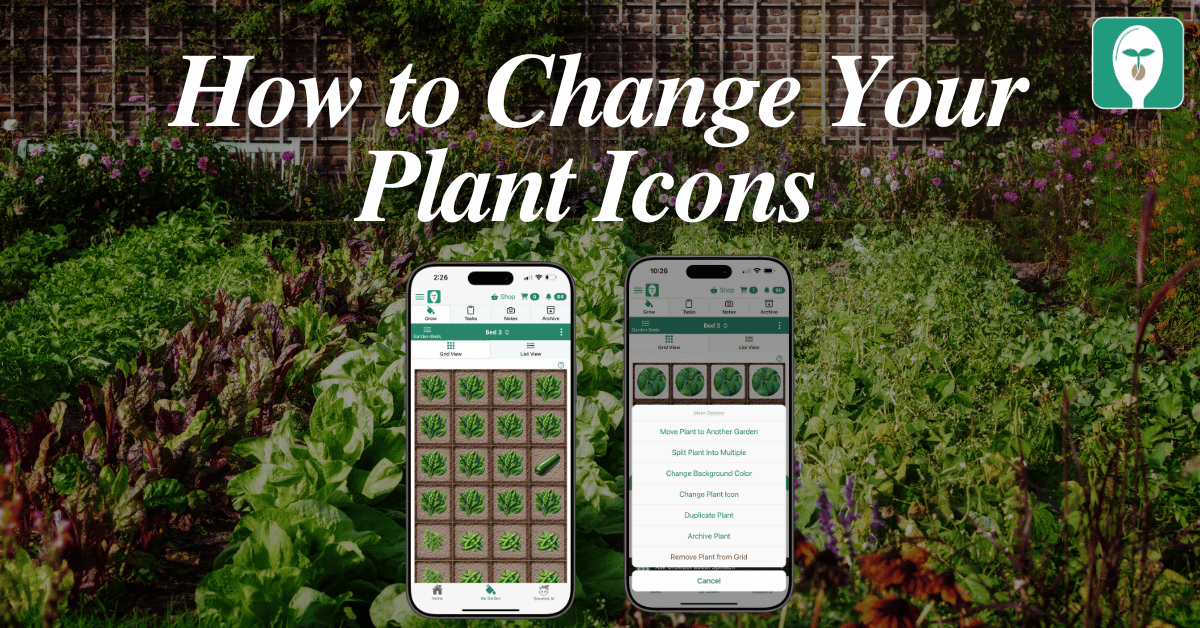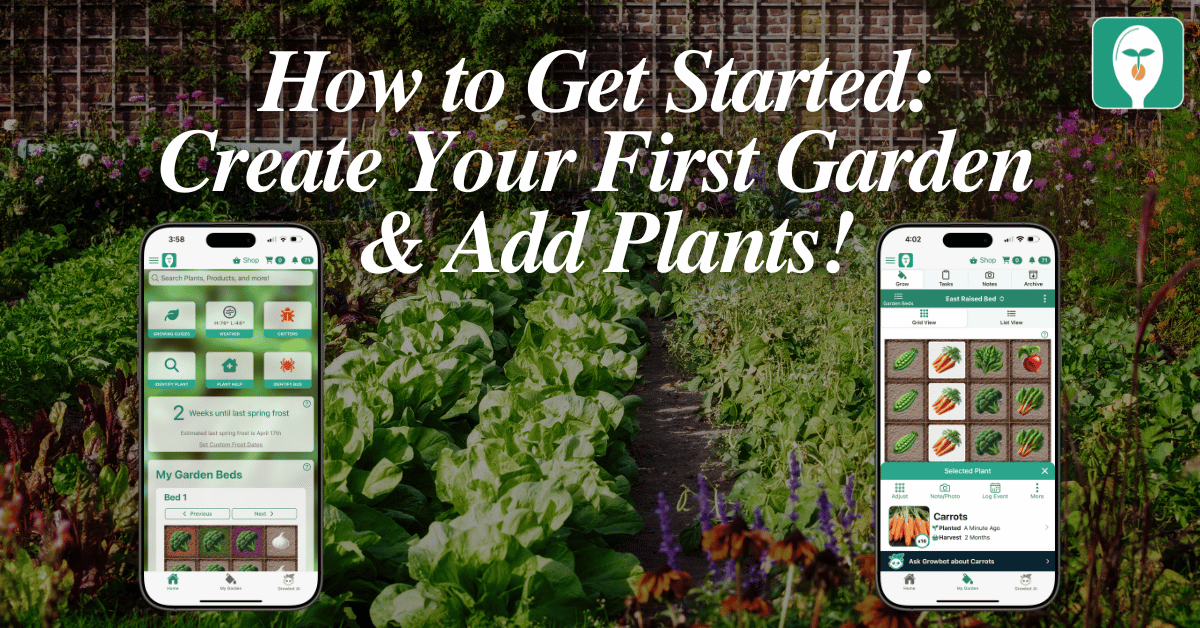
Are you looking for a nutritious, easy-to-grow addition to your home garden? Look no further than micro green peas! Not only are they packed with flavor and nutrients, but they also offer a unique advantage for gardeners: they can regrow after being harvested. In this article, we’ll dive into the benefits of growing micro green peas and share some tips on how to incorporate them into your daily meals.
Regrowth Ability: Harvest More, Waste Less
One of the most remarkable features of micro green peas is their ability to bounce back quickly after being cut. Imagine harvesting a batch of fresh greens and then, just four days later, seeing them ready for another round. This regrowth capability means you can enjoy a continuous supply of fresh greens without needing to replant each time. It’s a sustainable, waste-reducing approach to gardening that ensures you always have fresh ingredients on hand.
Nutritional Powerhouse: A Healthy Addition to Any Meal
Micro green peas are not just easy to grow; they’re also incredibly nutritious. Packed with vitamins, minerals, and antioxidants, they are a healthy addition to any meal. Their sweet, crisp taste makes them a hit among all age groups, including children. Whether you’re adding them to a stir-fry, tossing them into a salad, or simply snacking on them raw, these little greens pack a flavorful and nutritional punch.
Kid-Friendly Gardening: Engage Your Children in Healthy Eating
Gardening is a fantastic way to teach children about where their food comes from and to encourage healthy eating habits. Micro green peas are particularly great for kids because they grow so quickly and taste so good. Children are more likely to eat what they’ve helped to grow, making these peas an excellent choice for families looking to improve their diet. Plus, the vibrant colors of the different trays used to grow micro greens can make the process even more enjoyable and engaging for young gardeners.
Easy to Grow: Perfect for Beginners
If you’re new to gardening, micro green peas are a great place to start. They don’t require much space and can be grown indoors, making them perfect for urban dwellers or those with limited outdoor space. Additionally, they grow well in simple setups like bootstrap containers, making them accessible for gardeners of all levels. With just a little care, you can have a thriving micro green garden in no time.
Give Micro Green Peas a Try
In summary, micro green peas stand out as a superb choice for any home garden. Their rapid regrowth post-harvest, alongside their nutritional advantages and straightforward cultivation process, positions them as a prime selection for both gardening aficionados and culinary enthusiasts. Adding micro green peas to your garden repertoire can enrich your dining experience with fresh, flavorful greens, while also offering the fulfilling pleasure of nurturing your own produce. Embarking on the journey of growing micro green peas promises a delightful reward for your palate and a boost to your well-being. Embrace the cultivation of micro green peas – your senses and health will be grateful.

Carrie Spoonemore, co-founder of “From Seed to Spoon,” stands as a beacon of inspiration for gardeners and health enthusiasts alike. Her journey alongside her husband, Dale Spoonemore, in creating a platform that demystifies gardening and promotes a healthier lifestyle, has made a significant impact on individuals around the globe. Through the “From Seed to Spoon” app, Carrie has dedicated herself to empowering people to take control of their health and environment by growing their own food.
With a profound belief in the power of gardening to improve mental and physical health, Carrie’s contributions to the Seed to Spoon blog reflect her holistic approach to wellness. Her articles often focus on the nutritional benefits of homegrown fruits and vegetables, organic gardening practices, and the mental health benefits of spending time in nature. Carrie’s expertise in health science shines through in her detailed discussions on how specific plants can contribute to a balanced diet and overall well-being.
Carrie’s passion for gardening is deeply intertwined with her commitment to family and community wellness. She frequently shares personal stories of how gardening has brought her family closer together, offering practical tips for involving children in gardening activities and making it a fun, educational experience. Her writing encourages families to explore gardening as a means of spending quality time together while learning about nature and sustainability.
In addition to gardening advice, Carrie’s contributions to the blog include insights into the use of technology to enhance the gardening experience. She has played a crucial role in designing the “From Seed to Spoon” app to be user-friendly, ensuring that users of all ages and backgrounds can navigate the complexities of gardening with ease. Her vision for the app is not just as a gardening tool but as a vehicle for change, inspiring individuals to adopt a more sustainable lifestyle by growing their own food.
Carrie Spoonemore’s presence on the blog is marked by her compassionate approach to teaching and her unwavering belief in the transformative power of gardening. Her work continues to inspire a community of gardeners to pursue a healthier, more sustainable way of living, proving that with the right tools and knowledge, anyone can become a gardener and advocate for their health and the planet.







